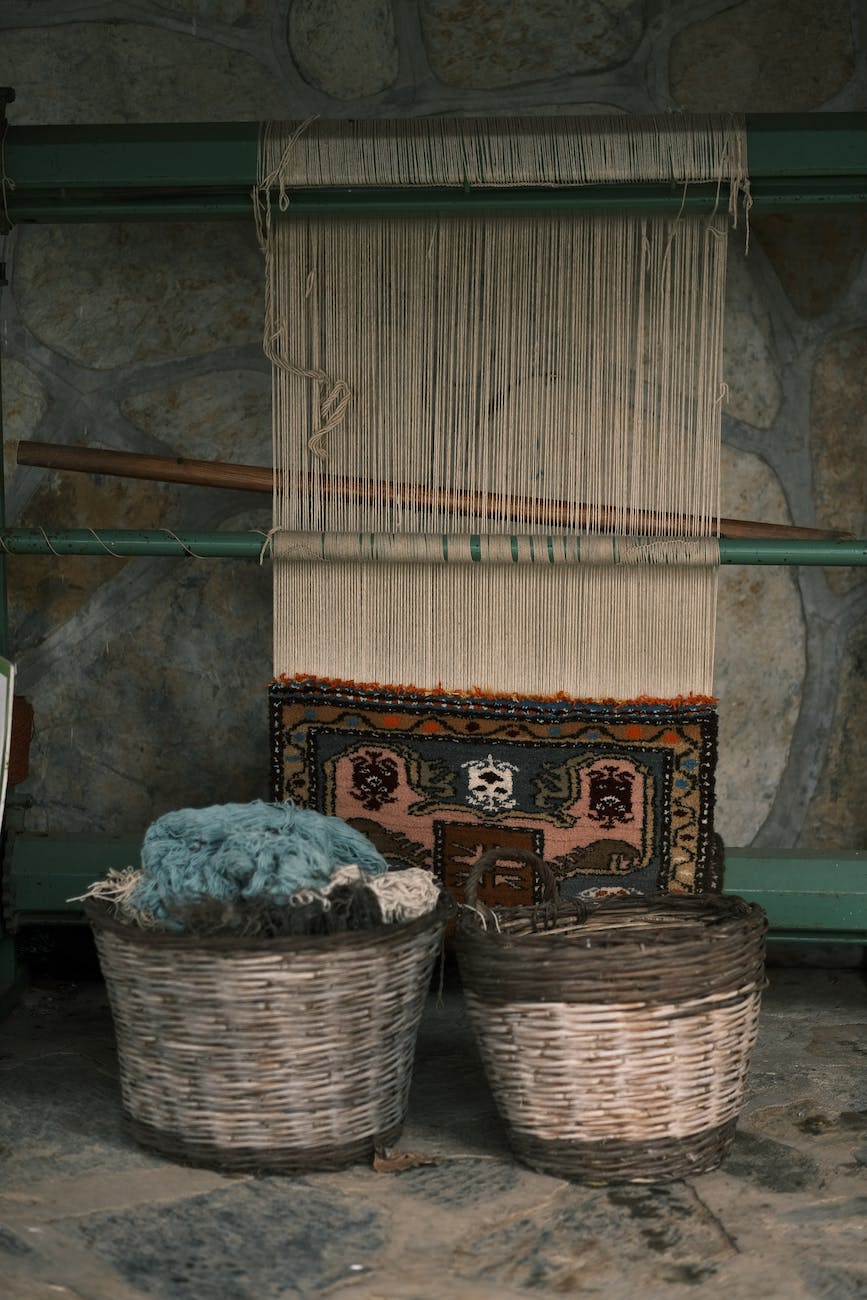Creating Rug Making Legacy: Preserving Handwoven Traditions
For centuries, the treasured craft of rug weaving has been carefully preserved and passed down within families, tribes, and communities worldwide. The legacy lives on thanks to artisans who devote themselves to upholding time-tested techniques, localized designs, natural dyeing practices, and specialized skills intrinsic to their rug making heritage. By continuing lineages, mentoring new generations, safeguarding cultural identity, and adapting traditions for relevance, today’s weavers keep their treasured rug making legacies thriving. This article explores how dedicated artists sustain the living artform of handwoven rugs.
Upholding Handcrafting Traditions
In the face of industrialization, these efforts keep treasured rug making techniques alive:
Mastering Ancestral Skills
Weavers dedicate years painstakingly honing specialized skills like hand spinning wool, knotting piles, and weaving kilim tapestries to preserve cultural techniques passed down through oral history.
Natural Dyes
Gathering herbs, insects, minerals, and other regional resources to create natural dyes connects today’s weavers to traditional practices. They blend natural pigments for vibrant hues.
Hand Tools
Using traditional hand tools like drop spindles, wooden vertical looms, and a variety of needles creates a tactile bridge to ancestral ways of rug making. Tools reflect local crafting methods.
Studio Apprenticeships
Veteran master weavers take on apprentices in studio settings to directly share hard-won knowledge and invaluable nuances not conveyed through books or institutions.
Stick to Roots
Weavers faithfully study and recreate motifs, layouts, and patterns from their culture’s rug making lineage. Traditional designs reinforce identity.
Limit Technology
Purist weavers opt to prep, dye, and weave rugs start-to-finish by hand without modern machinery. Keeping things manual maintains integrity.
Passing Down Knowledge Between Generations
Family connections convey cultural rug making with depth and care:
Early Education
Rug makers begin teaching basic techniques to their children at young ages through hands-on practice. Early immersion embeds knowledge.
Family Secrets
Each generation gains the right to know certain guarded family secrets like symbol meanings, rare natural dye formulas, or finishing processes when their skills mature.
Mothers to Daughters
In many societies, rug weaving expertise passes from mother to daughter. Young girls gradually take on more complex steps in the process over years at their mother’s sides.
Familial Motifs
Designs often incorporate familial motifs that originated with distant ancestors. Weavers adapt these significant patterns into new creations, maintaining lineage.
Heirloom Rugs
Original rugs become family heirlooms. New generations preserve their forebears’ textiles, drawing inspiration from the craftsmanship.
Pride Through Continuation
Children feel honored to carry on the rug legacy of previous generations. This ancestral connection inspires mastery and innovation.
Upholding Cultural Identity Through Rugs
Patterns, symbols, and designs woven into rugs reflect weavers’ deep cultural identity:
Symbolic Motifs
Weavers embed motifs like birds, celestial symbols, natural elements, or regional flora and fauna with symbolic meaning that honors their cultural worldview and values.
Regional Styles
Each culture’s rugs are defined by a characteristic style. Maintaining these distinctions through materials, construction, and design perpetuates cultural identity.
Tribal Markings
Tribal weavers incorporate patterns denoting their specific community within the patterns. Markings proudly distinguish tribal affiliation and lineage.
Language Preservation
Some weavers label rug motifs in endangered regional dialects. Rug making provides a venue for recording and preserving vulnerable native languages.
Dress Codes
Kilim tapestry rugs were once used as garments and adorned tribal costumes. Contemporary weavers adapt these textile traditions into wearable rugs.
Celebratory Style
Rugs get woven specifically for culturally significant events like births, weddings, and funerals. Ceremonial rugs reinforce traditions.
Advancing Relevance of Ancient Crafts
To stay resonant today, rug makers adapt their métier for contemporary life:
Evolved Tools
Weavers adopt new tools like tufting guns, carving knives, and cotton duck backing that allow faster production of handmade rugs at wider pricepoints without compromising heritage quality.
Current Designs
Patterns, materials, and color palettes shift to suit modern interiors and lifestyles while remaining true to cultural roots. Weavers make ancestral designs fresh.
Decor Relevance
Rugs get designed for contemporary floors and spaces rather than solely wall hangings. Sizes, shapes, textures, and edging suit modern homes.
Artistic Innovation
Boundary-pushing weavers infuse traditional techniques with experimental elements like unconventional materials, digital technology, and conceptual shapes. Traditions feel forward-thinking.
Industry Partners
Collaborations with interior designers yield exciting product lines and expose new audiences to cultural rug legacies. Partnerships aid sustainability.
Fair Trade Focus
Weavers align with ethical brands that prioritize environmental practices and fair labor policies. Social consciousness enters the rug making world.
Sustaining Meaningful Legacies
Thanks to these diverse efforts of devoted artists worldwide, the irreplaceable handwoven rug making traditions of humanity carry forward. Each rug created respectfully preserves cultural memory, empowers community, and passes knowledge between generations through tactile craft. Beautiful floor coverings emerge, but more importantly, familial bonds strengthen, heritage endures, and ancestral connections persist in every hand knotted pile, spun wool, and woven strand.
